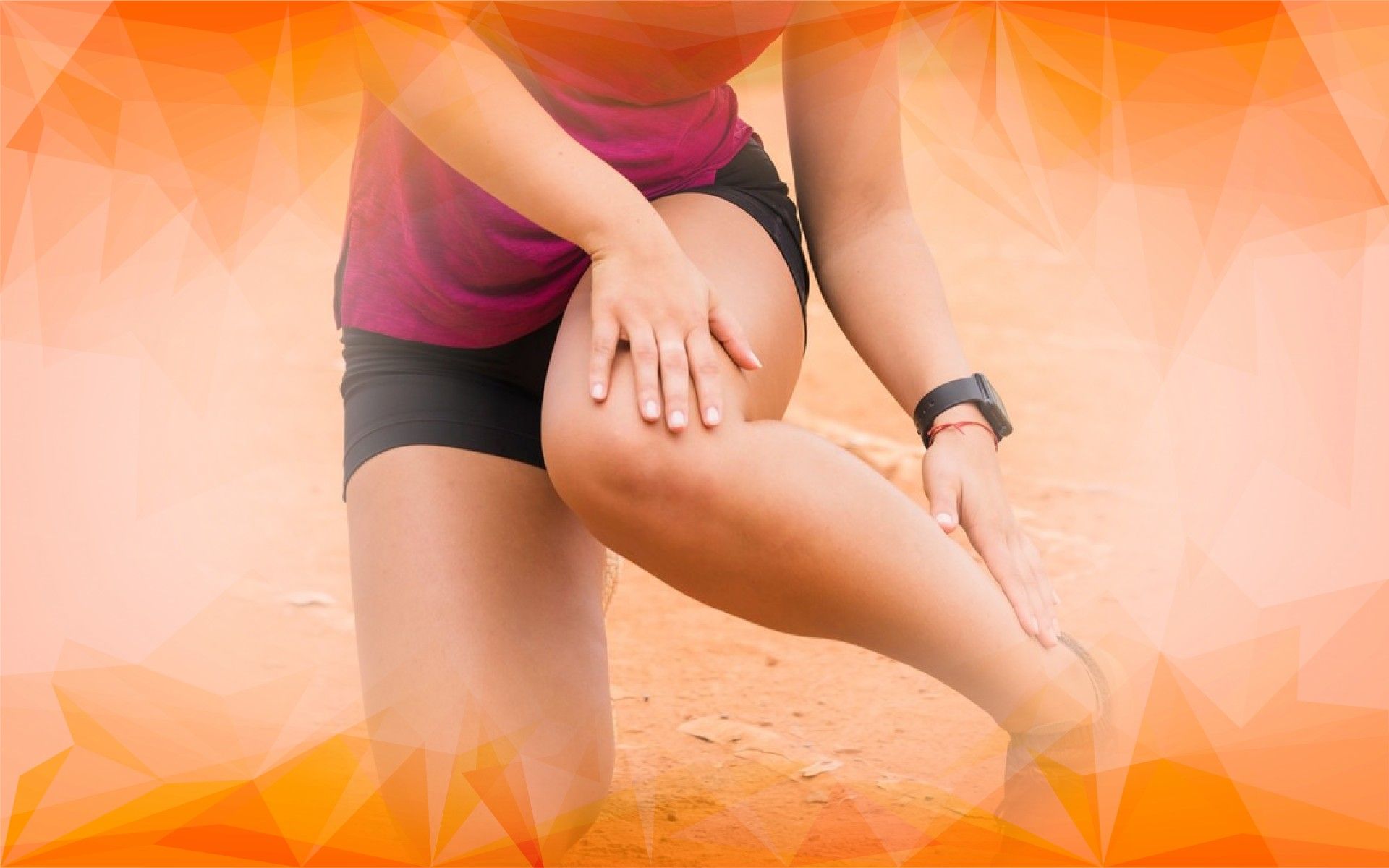Introduction
Did you have knee pain as a teenager, or do you know someone who did? It could have been Osgood-Schlatter disease—a common cause of discomfort just below the kneecap , especially during growth spurts in active teens. Fast forward a few decades, and knee osteoarthritis becomes a concern for many older adults, bringing pain and stiffness as the cartilage in the joint wears down over time. While these conditions seem to belong to different life stages, new research suggests they might be more connected than we once thought. Could knee issues in your teenage years set the stage for joint problems later in life? Let’s explore the science behind this possible link and what it could mean for keeping your knees healthy for years to come.
What Is Osgood-Schlatter Disease?
Osgood-Schlatter disease usually affects active teenagers, particularly those who play sports involving lots of running and jumping. It develops when the tendon connecting the kneecap to the shinbone pulls repeatedly on a small area of bone below the knee —the tibial tuberosity—causing pain, swelling, and tenderness. Because teens’ bones are still growing, this area is especially vulnerable to stress.
Most of the time, Osgood-Schlatter disease goes away as kids finish growing. Typical treatment includes rest, ice, and gentle stretching, and symptoms usually resolve after the growth plates close. However, researchers have found that the changes in knee structure or how the knee moves during this time don’t always go away completely. Factors such as muscle imbalances or frequent strain may leave behind subtle differences in knee function , which could influence joint health later in life.
Understanding Knee Osteoarthritis
Knee osteoarthritis is a common condition where the smooth cartilage that cushions the knee joint gradually wears away. Without this protective layer, bones start to rub against each other, leading to pain, stiffness, and swelling. Osteoarthritis tends to become more common with age, but it can also be brought on by injury, excess weight, or repeated stress to the joint.
Because osteoarthritis can make everyday activities challenging and greatly affect quality of life, researchers are eager to understand what causes it—and how we might prevent it. Could problems like Osgood-Schlatter disease in youth play a role in developing osteoarthritis decades later?
Is There a Link Between Osgood-Schlatter Disease and Osteoarthritis?
Scientists are starting to consider whether knee issues during adolescence—like Osgood-Schlatter disease—can have long-term effects on joint health. When Osgood-Schlatter disease causes pain and inflammation at the tendon attachment, it can subtly change the way the knee moves. Over time, these mechanical changes might lead to extra strain on the cartilage , potentially speeding up its breakdown and raising the risk of osteoarthritis later in life.
Imaging technologies like MRI and ultrasound are helping doctors and researchers spot early changes in the knee, sometimes before any symptoms begin. These tools allow for a closer look at how previous injuries or structural changes could impact the joint as we age.
However, the evidence is still mixed. Some studies suggest there is a connection between Osgood-Schlatter disease and later osteoarthritis , while others don’t find a strong link. Many factors influence knee health over a lifetime, including genetics, activity level, weight, and injuries . More long-term research is needed to fully understand how much adolescent knee problems really contribute to osteoarthritis risk.
What Does This Mean for Prevention and Treatment?
If future studies confirm a link between Osgood-Schlatter disease and knee osteoarthritis , it could change how knee pain in young people is managed. Early identification of those at greater risk would allow for tailored exercises to strengthen the muscles around the knee , improve alignment, and reduce excess stress. Education for young athletes, coaches, and parents about safe training habits could further protect knee health .
Advancements in medical imaging and diagnostics are making it easier to track knee changes early, opening the door for timely interventions. Researchers are also investigating new therapies that target both inflammation and mechanical stresses in the knee .
Most teenagers recover fully from Osgood-Schlatter disease with simple home care and return to normal activities once their bones stop growing. Still, understanding potential long-term risks emphasizes the importance of prompt attention to knee pain and healthy movement habits during adolescence.
Conclusion
Although Osgood-Schlatter disease and knee osteoarthritis typically appear at different stages of life, emerging research suggests there could be a meaningful connection. Addressing knee pain in teens and encouraging good knee health from an early age may help prevent or lessen joint problems in the future. As our knowledge grows, patients, parents, and healthcare providers can work together to safeguard joint health —helping everyone lead an active, pain-free life for many years to come.
References
Haghighi, S. (2024). Osgood-Schlatter disease. Radiopaedia.org.




